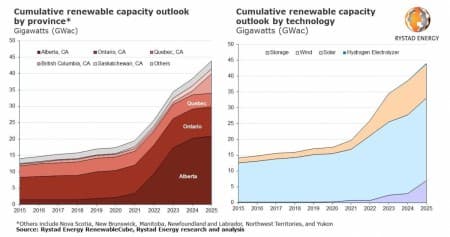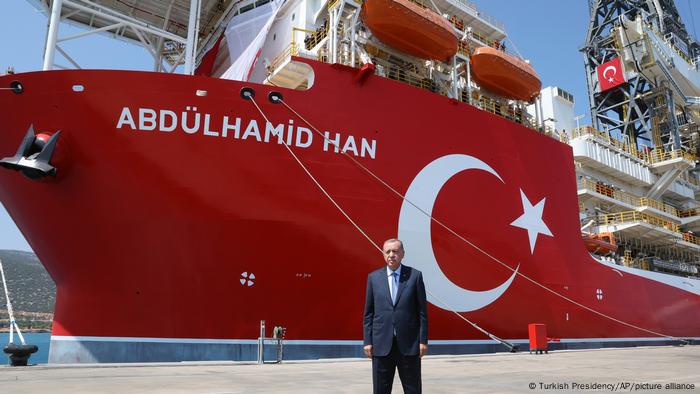NO NEED FOR AUSTERITY
Canada's Ontario sees smaller deficit
on higher tax revenue

By Ismail Shakil and Fergal Smith
OTTAWA/TORONTO (Reuters) -Ontario, Canada's most populous province, said on Tuesday it expected a smaller budget deficit as soaring inflation boosted tax revenue projections for the current fiscal year.
The province projected a budget deficit of C$18.8 billion ($14.6 billion) for the 2022-23 fiscal year, compared to a C$19.9 billion deficit seen in the budget in April.
April's budget, which forecast steadily declining deficits over the medium term helped by a strong economic recovery and projected a return to surplus by 2027-28, could not pass a parliamentary process before the provincial elections on June 2.
Premier Doug Ford's Progressive Conservatives returned to power in June with promises to boost spending, raise the minimum wage and provide tax relief at the gas pump.
The budget was tabled in the parliament again on Tuesday after Ontario Lieutenant Governor Elizabeth Dowdeswell marked the opening of a new provincial parliamentary session with a speech delivered on behalf of Ford.
In the speech, the government noted a growing sense of uncertainty and warned an economic slowdown could be coming to the province as Canada's central bank rapidly hikes interest rates to curb inflation.
"Ontario, like the rest of Canada and North America, must be prepared for the possibility of a near-term economic slowdown," Dowdeswell said in the speech.
The speech reiterated promises to build more homes and highways, and again called on the federal government to allow for increased immigration to address labor demand.
Inflation hit a near 40-year high of 8.1% in June. This prompted the Bank of Canada to raise its policy rate by 100 basis points last month, its fourth increase this year, as it pledged more to come.
That has also raised tax revenue projections for Ontario, with total revenue expected to be C$1.2 billion higher than forecast in the 2022 budget, according to a fiscal update for the first quarter.
Inflation tends to boost nominal GDP, a driver of tax revenues.
"The fiscal update suggests Ontario's finances are in better shape than projected at budget time, and we see some potential for further upside," said Marc Desormeaux, principal economist at Desjardins.
Ontario is Canada's manufacturing heartland and home to roughly 40% of Canada's 38.2 million people. It is one of the world's largest sub-sovereign borrowers, with publicly held debt standing at C$418.7 billion ($324.85 billion) at the end of the last fiscal year.
($1 = 1.2889 Canadian dollars)
(Reporting by Ismail Shakil in Ottawa and Fergal Smith in Toronto, additional reporting by Julie Gordon; Editing by Cynthia Osterman and David Gregorio)


















